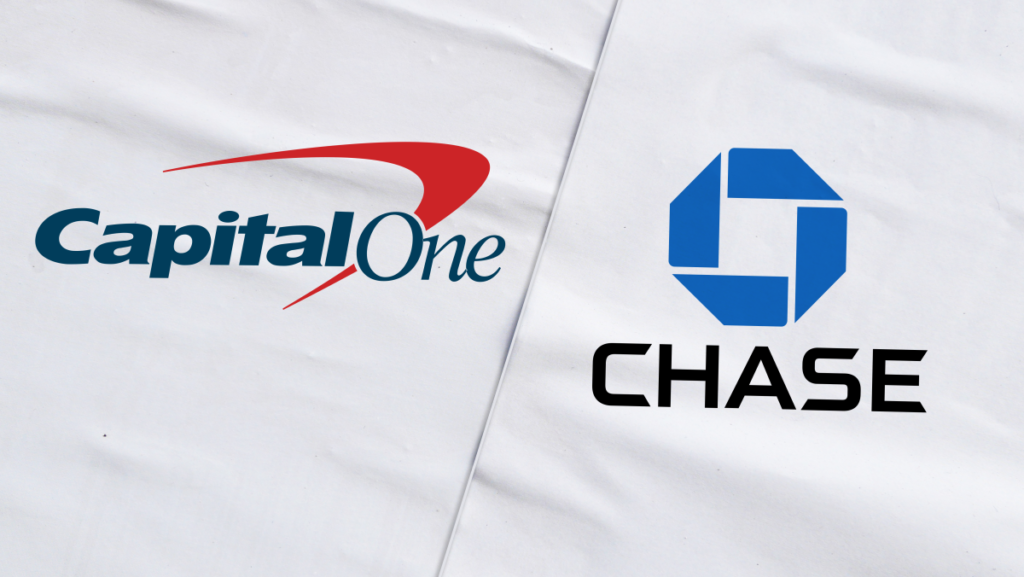Capital One and Chase are prominent banking institutions offering a wide range of financial products and services, including checking and savings accounts, certificates of deposit, and various lending options. While both banks serve consumers and businesses alike, they differ significantly in their offerings, fee structures, and overall customer experience. Capital One, founded in 1994 in Virginia primarily as a credit card company, has since diversified its services to include online banking products tailored for both individuals and businesses. In contrast, Chase, a national bank headquartered in New York City, offers a comprehensive suite of personal, business, and commercial banking solutions.
When it comes to checking accounts, Capital One’s 360 Checking Account stands out by offering a 0.10% annual percentage yield (APY) with the advantage of no monthly fees and no overdraft fees. Additionally, Capital One has an extensive ATM network, boasting over 70,000 fee-free ATMs, providing greater accessibility for customers compared to Chase’s network of approximately 15,000 ATMs. On the other hand, the basic checking account from Chase does not earn interest, carries a monthly fee of $12 (waivable under certain conditions), and imposes $34 for overdrafts, making Capital One’s offering more appealing for individuals looking to avoid fees.
In terms of savings accounts, Capital One again leads the way with its 360 Performance Savings account, which features an impressive 4.10% APY—significantly higher than the national average. The account is free to open and does not come with monthly fees or minimum balance requirements. In contrast, Chase’s savings account offers only 0.01% APY and includes a $5 monthly fee unless specific criteria are met to waive it. This stark difference in interest rates and fee structures positions Capital One as a better choice for consumers seeking to maximize their savings.
When examining certificates of deposit (CDs), Capital One provides a competitive advantage with a broad range of terms from 6 to 60 months, offering up to 4.30% APY and no minimum opening deposit requirement. Chase’s CDs are available for terms ranging from one month to 120 months, but require a minimum opening deposit of $1,000, with APY capped at only 0.01%—notably low in comparison to Capital One. This disparity in rates and terms highlights Capital One’s commitment to delivering better yields on savings products.
In addition to deposit accounts, both Capital One and Chase offer a variety of credit card options, which include travel rewards, cash-back cards, student cards, and business credit cards. Moreover, both banks provide auto loans, refinances, and educational resources for their customers. Chase enhances its appeal through a free credit score tracking tool and an online education center aimed at improving customers’ financial literacy. This educational component is crucial as it empowers customers with knowledge about managing their finances effectively.
In conclusion, the comparison between Capital One and Chase reveals that Capital One generally offers better interest rates on deposit accounts, lower fees, and more substantial customer benefits than Chase. While both banks provide a broad array of financial products, Capital One’s competitive APYs and lack of monthly maintenance fees position it as a favorable option for those seeking to maximize returns on their savings. For individuals who prioritize educational resources and comprehensive services, both banks have their merits, but Capital One’s edge in interest rates and fee structures could be the deciding factor for many consumers.

